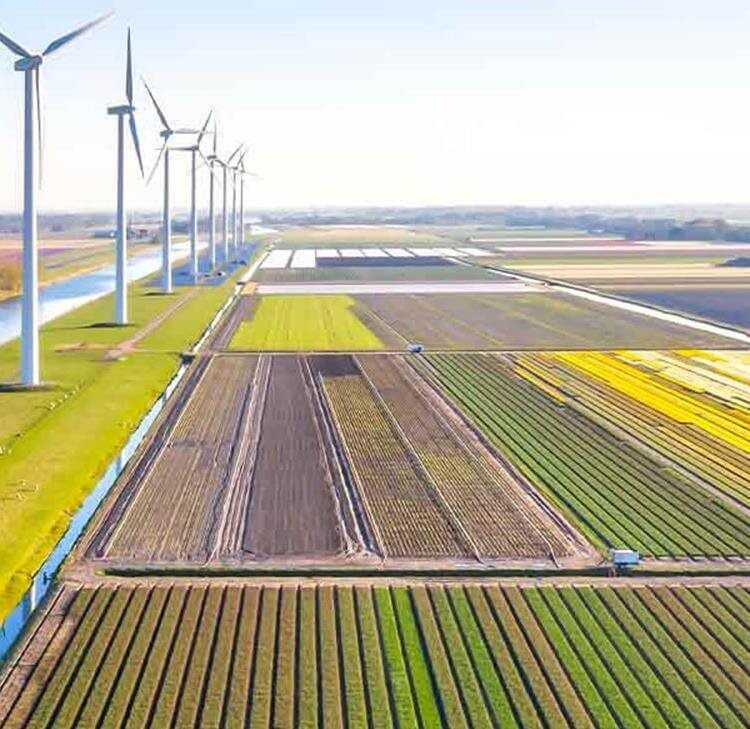'Netting zero’ #1: Climate related financial risk management: Transition risks and their management
First published by Thomson Reuters on the 23 February 2021.
Ahead of COP 26 in November, Browne Jacobson LLP is producing a series of articles to help insurance market – and other financial services – firms manage the compliance risks they face in relation to climate change. This article addresses issues around ‘transition risks’:
- why they are conceptually significant;
- what forms they take; and
- what firms can do about them.
Why are transition risks significant?
In short, they are a complex risk-type with potentially severe outcomes, requiring discrete risk management.
Multiple risk manifestations
The PRA’s 2019 supervisory statement on banks’ and insurers’ climate change risk management (SS3/19) states:
“Financial risks from climate change arise through two primary channels, or ‘risk factors’: physical and transition. These manifest, for example, as increasing underwriting, reserving, credit, or market risk ...”
Certainty of occurrence; uncertainty of effect
SS3/19 explains that:
"… risks from physical and transition risk factors are relevant to multiple lines of business, sectors, and geographies. Their full impact on the financial system may … be larger than for other types of risks, and … potentially non-linear, correlated and irreversible …
… the time horizons over which financial risks may be realised are uncertain, and their full impact may crystallise outside of many current business planning horizons … past data may not be a good predictor of future risks …
… while the exact outcome is uncertain, there is a high degree of certainty that … some combination of physical and transition risk factors will occur …”
What form do transition risks take?
As per SS3/19:
“Transition risks … arise from the process of adjustment towards a low-carbon economy … including: … developments in policy and regulation, the emergence of disruptive technology or business models, shifting sentiment and societal preferences, or evolving evidence, frameworks and legal interpretations. Some examples include:
- tightening energy efficiency standards for domestic and commercial buildings impacting the risk in banks’ buy-to-let lending portfolios;
- … the development of electric vehicles or renewable energy technology, affecting the value of financial assets in the automotive and energy sector; and
- companies in the wider economy … fail[ing] to mitigate, adapt, or disclose the financial risks from climate change [and thereby] being exposed to climate-related litigation, which could impact their market value or lead to higher claims for [their] insurers …”
As is explained in the Climate Financial Risk Forum (“CFRF”) “Guide” published in 2020, transition risks should not just be considered in terms of adjustments to the existing economic environment with a view to mitigating current perceived climate risks, but should take account of economic adjustments which could arise by way of attempted mitigants of, or responses to, future climate developments or “pathways” (see eg Annex 2, “List of reference climate scenarios” in the Scenario Analysis chapter of the Guide).
What steps should firms take specifically to mange transition risks?
Based on current regulatory publications, firms should address transition risk management within their prudential, rather than their conduct, risk management frameworks.
Transition risk management as a conduct risk?
The FCA has not substantively addressed transition risk management as a discrete risk management workstream. The FCA’s December 2020 Policy statement on climate-related financial disclosures (PS20/17) states:
“We will monitor evidence of the market rewarding those companies or projects that are managing the physical and transition risks of climate change most effectively …”
Combining “transition risks” with “physical risks” is common to most regulatory publications. Transition risk is not yet a discrete conduct risk component.
Transition risk management as a prudential risk
SS3/19 does address transition risks on a discrete basis, and there are specific stipulations for insurers.
Insurers and their investments
At the very least, it seems that an insurer needs to assess how its asset or investment management strategy could be affected by transition risks. This assessment needs to include the consideration of –
- scenarios in which transition risks might manifest themselves (see ‘What are transition risks?’ above) and affect investments on an individual and aggregate basis, and
- how an investment strategy affected in this way could in turn affect a firm’s overall business model, including underwriting and reserving strategies.
The PRA regards transition risks as posing a particular problem for insurers, who should:
“consider whether there is an excessive accumulation of financial risks from climate change (particularly those likely to crystallise via the transition risk factor) in their investment portfolio, and consider mitigants when this is the case …”
The PRA is especially concerned about the ramifications of the 'prudent person principle' for insurers’ management of their investment portfolios, which requires investment in assets “the risks of which [insurers] can properly identify, measure, monitor, manage, control and report and appropriately take into account in the assessment of … overall solvency needs …”
The above requirement leads inexorably to consideration of the effectiveness of an insurer’s “own risk and solvency assessment” (“ORSA”). As per the “Conditions governing business” part of the PRA Rulebook (for insurers subject to ‘Solvency 2’ Directive requirements), chapter 3 (“risk management”), rule 3.9, an insurer must make its ORSA “an integral part of its business strategy and take [it] into account on an ongoing basis in its strategic decisions.” Rule 3.8 provides that the ORSA must take into account a firm’s: “specific risk profile, approved risk tolerance limits and … business strategy …”
In this regard, SS3/19 requires that as part of an ORSA, an insurer “should include at a minimum”:
- all material exposures relating to the financial risks from climate change; and
- an assessment of how firms have determined the material exposure(s) in the context of their business.”
Transition risk management methodologies
The CFRF guide’s Risk Management chapter tends to deal with physical risks and transition risks collectively. However, there are points with specific significance for the conceptualisation, formulation, initiation and development of a discrete transition risk management programme or workstream, including:
- “Questions to ask boards … What is the agreed methodology by which we define high transition risk … ? … what level of exposure [over what period] are we comfortable with …?
- Risk appetite articulation via quantitative “Bounding Metrics” (which “set bounds around the amount of climate [or transition] risk that an institution is willing to take”) such as the “intensity” of carbon risk (eg scale of emissions) of a class of investment or customer: “carbon intensity [can be] a proxy for transition risk …”
- Quantified risk appetite for limits on “exposures [to] or investments in high transition risk industries [or companies]”
- “Monitoring Metrics that will alert management to a potential change which could mean that risk appetite may be breached”
- “transition risk rating” of investments or customers, including by reference to their –
- industry sectors,
- geographical / jurisdictional location of operations, assets and materials, and
- “adaptability” in relation to transition risks (this ability can be assessed by reference to different potential climate transition ‘pathways’ – see above);
- “Determine policies for management of customers based on transition risk rating”;
- “Determine wider use of transition risk ratings within firm, frequency of review, and incorporation of scenario analysis.”
Transition risks are generally regarded as ‘shorter-term’ than physical risks because certain economic developments (e.g. increased public appetite for electric vehicles) seems to happen more quickly than, say, a rise in sea level with an obvious cataclysmic effect. However, because they represent changes in political, social and economic outlooks and conduct they are no less challenging to model and manage.









































